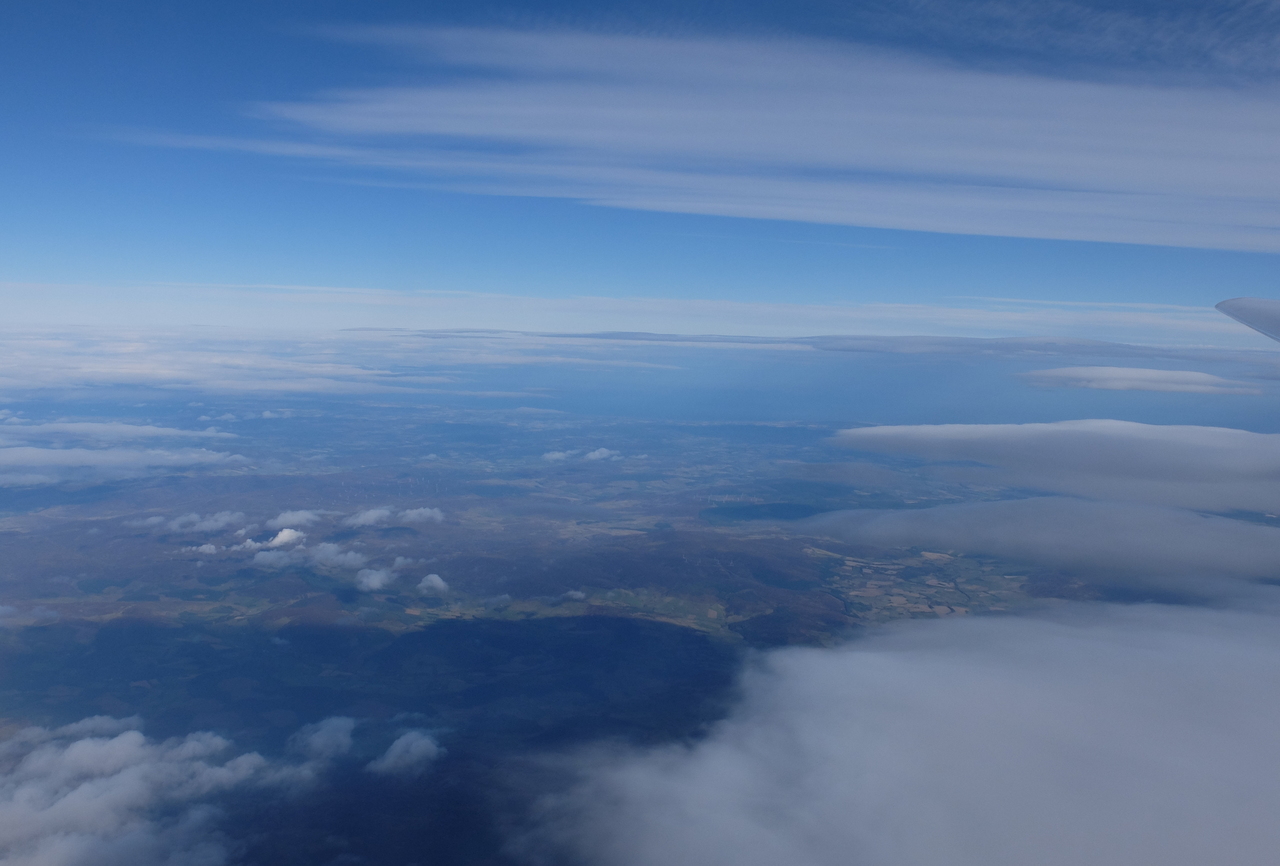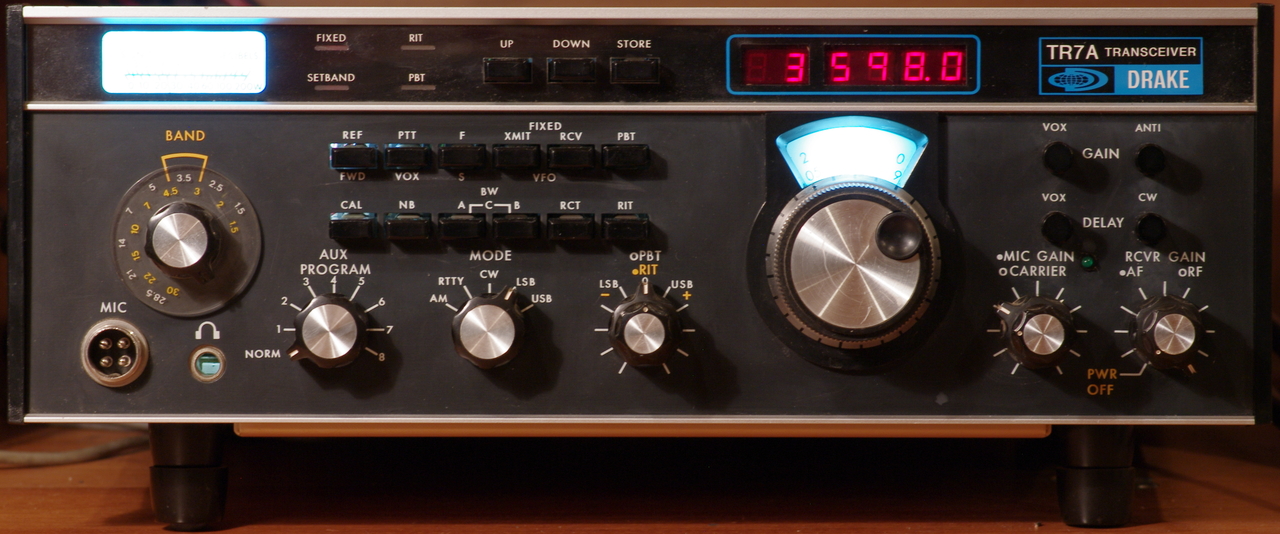I recall one of my “elmers” Ian, G3RRA (sadly now SK) having a Drake TR-7 during my early days in amateur radio. He swore by it and I recall being impressed on the few occasions when he’d kindly supervised this (then) lowly class B operator using it. When a friend announced that he’d purchased one that needed some attention, I was keen to help out, and to re-acquaint myself with this (in my opinion) rather unique rig…
The Drake TR-7 appeared in the late 1970’s. While it’s not a common rig these days among all the FT-101s and TS-820s of the era, it really broke new ground in several ways. Firstly, it was all solid state, including the power amplifier, whereas all other 100W class HF rigs of the time still employed valve transmitter stages. Secondly, it featured continuous coverage from 1.5 to 30 MHz, and down into VLF with an optional extension board. Thirdly, it used a synthesised local oscillator rather than the “VFO and band crystals” approach of its contemporaries. It was this latter feature, of course, that allowed it to easily offer continuous frequency coverage. That frequency coverage is all achieved with a “broadband” architecture aside from the band filtering that is switched by a conventional wafer switch. This means no preselector or PA tuning controls, just select the band, set the frequency and go – like a modern-day HF rig, in fact!
Whilst many early synthesised HF rigs suffered from rather unpleasant tuning ergonomics and high phase noise that limited their receiver performance, however, Drake made the synthesiser tuning steps wide at 500 KHz and mixed-in the output of a conventionally tuned VFO into the synthesiser control loop to fill in the gaps between these 500 KHz steps and form the radio’s main tuning control. This combined the best of both worlds: the flexibility of a wide-range synthesised VFO with the continuous, stepless tuning and low phase noise of a conventional VFO.
Another groundbreaking feature key to achieving the “general coverage” design was an upconversion architecture with a high first IF of 48.05 MHz. This has been the achilles’ heel of many HF rigs that follow this path to the present day, with talk of exotic “roofing filters” and preselectors to calm the strong close-in signal handling of this high first IF stage that would never be as selective as ideal. Drake did away with any gain stages before the upconversion to this first IF and somehow still managed to engineer a receiver that is sufficiently sensitive but with great blocking dynamic range performance, even by the standards of today.
Sit this radio next to my own much loved FT-101E and it’s clear that, despite probably only being manufactured a few years apart, they are from entirely different eras technically.
The detailed story of getting this rig back into working order can be found here:

